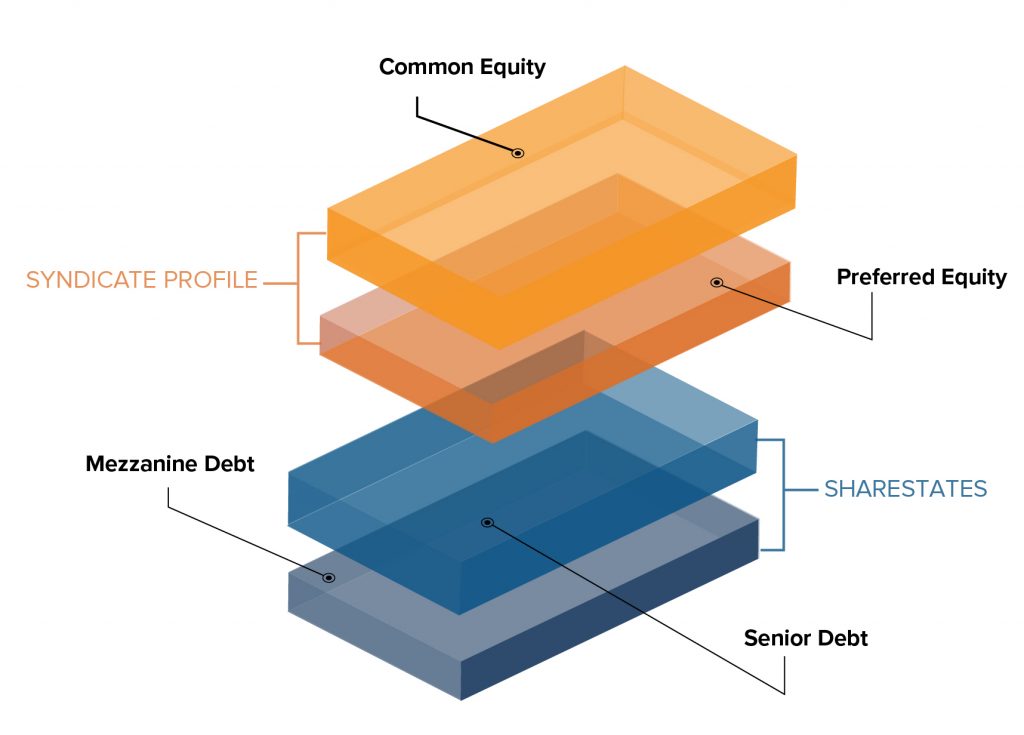Real estate debt funds have emerged as a viable investment option in the aftermath of the 2008 financial crisis, offering a unique way to connect lenders with developers in need of short-term capital for various commercial real estate projects. Traditional lenders became more stringent with regulations and liquidity requirements, making it difficult for borrowers to secure loans for commercial real estate. Real estate debt funds found a profitable niche by providing specialized financing options.
What Exactly are Real Estate Debt Funds?
Real estate debt funds are private equity-based funds that lend money to prospective or current owners of real estate assets. These funds offer loans collateralized by real estate assets for commercial, business, and real estate development purposes. Investors in real estate debt funds receive regular payments based on the interest charged on commercial real estate loans. These funds provide individual investors with opportunities to benefit from fixed-income returns from the commercial real estate market. The loan amounts typically range from $5 million to $150 million+ for short-term periods of one to three years.
Real estate debt funds may focus on specific types of investments, such as apartment buildings, shopping centers, or industrial development.
Who Benefits from Real Estate Debt Funds?
Real estate debt funds cater to borrowers who may not qualify for traditional loans, need better terms than those offered by banks, require short-term bridge loans, or need rapid loan approvals to meet tight closing deadlines. These funds also serve borrowers looking for loans for commercial construction or redevelopment, or who require higher loan-to-value ratios than traditional lenders would agree to under stricter regulations. Despite recent changes in lending practices, many traditional lenders still do not provide bridge finance or construction loans.
Benefits for Investors:
Investing in real estate debt funds offers several benefits for investors:
-
Steady Income with Low Risk: Interest rates in real estate debt funds vary considerably, allowing investors to receive an average interest rate on their investment. With interest paid usually in excess of 9%, this investment avenue provides stable income with a low-risk threshold, similar to mutual funds.
-
Collateralized Investments: Loans made by real estate debt funds are often short-term, and in the event of a default, the funds can obtain title to the collateral provided. This collateralization adds an additional layer of security for investors.
-
Access to Lucrative Markets: Real estate debt investments provide individual investors with the opportunity to access a highly lucrative market that was traditionally limited to institutional investors and banks.
Attracting Investors:
The allure of real estate debt funds lies in their ability to defy the conventional wisdom of low-risk, high-return investments. While most investment opportunities require a trade-off between risk and potential returns, real estate debt funds offer investors a chance to achieve both simultaneously.
The Capital Stack:
The Capital Stack demonstrates how debt funds compete for investors and outlines the priorities for repayment. The stack consists of four major tiers:
-
Senior Debt: This tier represents the primary lender and takes priority over equity investments. Senior debt must be paid off before any returns are given to equity investors.
-
Junior Debt: Junior debt, also known as mezzanine debt, serves as the secondary lender. It carries more risk compared to senior debt but offers higher rates of interest and stricter terms.
-
Preferred Equity: Equity investors start receiving returns once all debt obligations are fulfilled. Preferred equity has a higher priority compared to common equity.
-
Common Equity: Common equity has a lower priority than preferred equity, making it riskier but potentially offering higher returns.
By strategically diversifying the types of debt within a real estate fund, debt fund managers mitigate investor risk. Focusing on lower-risk categories within the senior debt section allows for reliable returns, even with a lower level of risk. Additionally, focusing on short-term debt opportunities can maximize returns on a regular basis.
 Image credit: Sharestates.com - "Filling the capital stack"
Image credit: Sharestates.com - "Filling the capital stack"
Using the capital stack model, real estate debt funds offer competitive opportunities for investors by diversifying debt types, focusing on low-risk categories, and prioritizing returns. This approach allows investors to build a well-rounded investment portfolio that balances high returns and low risk.
The Future of Real Estate Debt Funds:
Real estate debt funds gained popularity in the wake of the 2008 crisis, and the current pandemic presents both opportunities and challenges for these funds. While it is difficult to predict the long-term effects of the COVID-19 crisis, it is reasonable to assume that ongoing investment opportunities will arise through private real estate loans. According to CEO and co-founder of Sharestates, Allen Shayanfekr, there is significant investment potential in distressed real estate funds.
If you're interested in learning more about real estate debt funds and how to increase your returns on investments with less risk, reach out to our Titan Funding team.
 Caption: Real estate debt funds provide lucrative investment opportunities with reduced risk.
Caption: Real estate debt funds provide lucrative investment opportunities with reduced risk.











